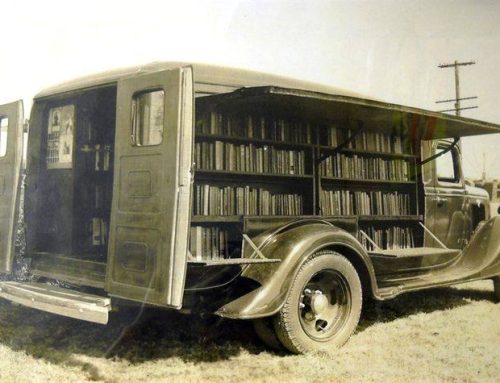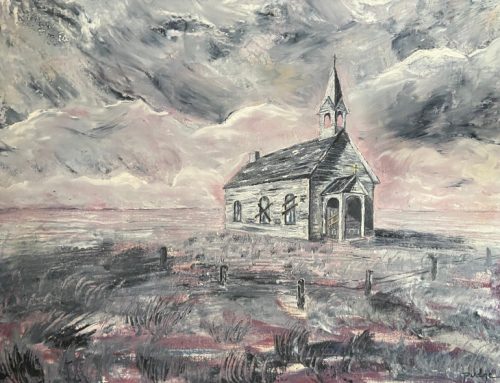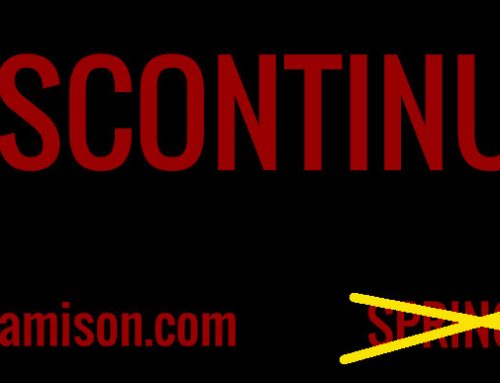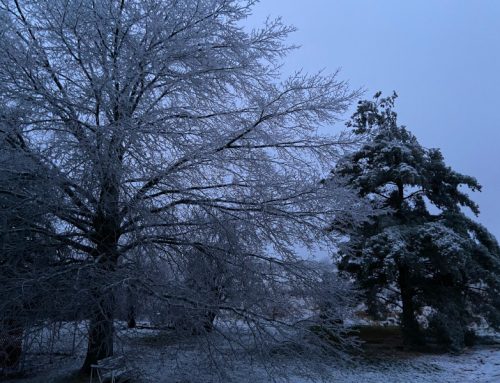Skip to content
That’s Not Really True, Is It?
“I enjoyed the story, but that isn’t really true is it?”
I hear that question from readers of all three of my novels. But of the three books, it has been asked the most about the second one, Distraction. A few ask about the hacking pieces. I assure them that as I did my research I found examples of each of those attacks, either already carried out or at least proven possible. But most ask, “No, the landfill thing. That’s not really true, is it?”
Here is what I tell them.
—
As I have researched ideas for stories, I have come across things that have concerned me. But, there is one story-seed I came across that just scared me and continues to scare me today. Distraction, the story I wrote from the seed of this situation, is fiction. But, as I have blogged about it before, this situation itself is very real. 
And it gets more real everyday.
Cold Water Creek runs through the area West of the city of St. Louis, where radioactive dirt was dumped after being removed from the buildings downtown where uranium had been processed for the first atomic bombs during the Manhattan Project. Let me repeat that. Radioactive materials were processed in a factory in St. Louis, just over 2 miles from where the Arch sits today. After the war and the reduction in those activities, the site of the factory was “cleaned”, with the dirt dug out, hauled across town, and dumped on top of the ground out near the airport. Stories are told about how much fun the kids thought it was to play on the “warm” dirt, and how some of it even glowed in the dark. After enough concerns were voiced, the dirt was moved again and buried in a landfill 5 more miles to the West, now just under 2 miles from the runways of Lambert International Airport. All of this is documented and pretty much accepted as “That’s what happened.”
Other parts of the story that are not so well documented and accepted are the results of these things that were done. The impact of the radioactive dirt sitting on top of the ground, being played with, blown in the wind, and running with the rainwater into Cold Water Creek. And, the impact of the radioactive dirt buried in a landfill, slowly deteriorating, leaking gas, and sitting not very far from an underground fire. These issues have been the source of a back and forth that is simply frightening.
A search for information about West Lake Landfill, Bridgeton Landfill, Mallinckrodt Industries, Republic Services, or the stream of reports, papers, lawsuits, accusations, denials, commitments, cancellation of commitments from the EPA, US Department of Energy, Corps of Engineers, US Atomic Energy Commission, and a long list of scientific and medical studies either confirming or denying something, will paint a terrifying picture. Terrifying because of what was done, and terrifying because of what has not been done.
And today, I came across the April 30th KMOX article reporting that The Agency for Toxic Substances and Disease Registry (ATSDR) in Atlanta, has just released the report from their study of Cold Water Creek. The report says, in part, that, “ATSDR concluded that residents who regularly played or lived along the creek for many years in the past may have an increased risk of lung cancer, bone cancer, or leukemia. Residents who lived along the creek more recently may have an increased risk of lung cancer.”
Just to help understand that conclusion, Cold Creek runs through six different communities in St. Louis County. It flows past schools, golf courses, soccer fields, past backyards in subdivisions, and at times floods some of those areas, leaving it’s silt behind in the process.
I am not writing this to be political, or to just “stir things up”. I am not writing this because I am some kind of an expert on these issues. I am writing this because I am a storyteller who believes in the power of story. I am writing this because I simply have to ask what story are we writing at the West Lake Landfill and Cold Water Creek? And I have to ask if it is a story our children will want to read?
Share This Story, Choose Your Platform!
Page load link





